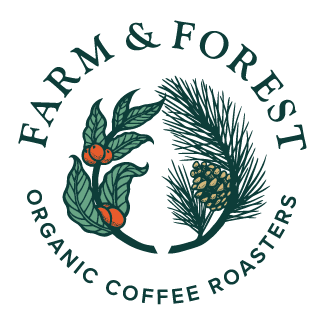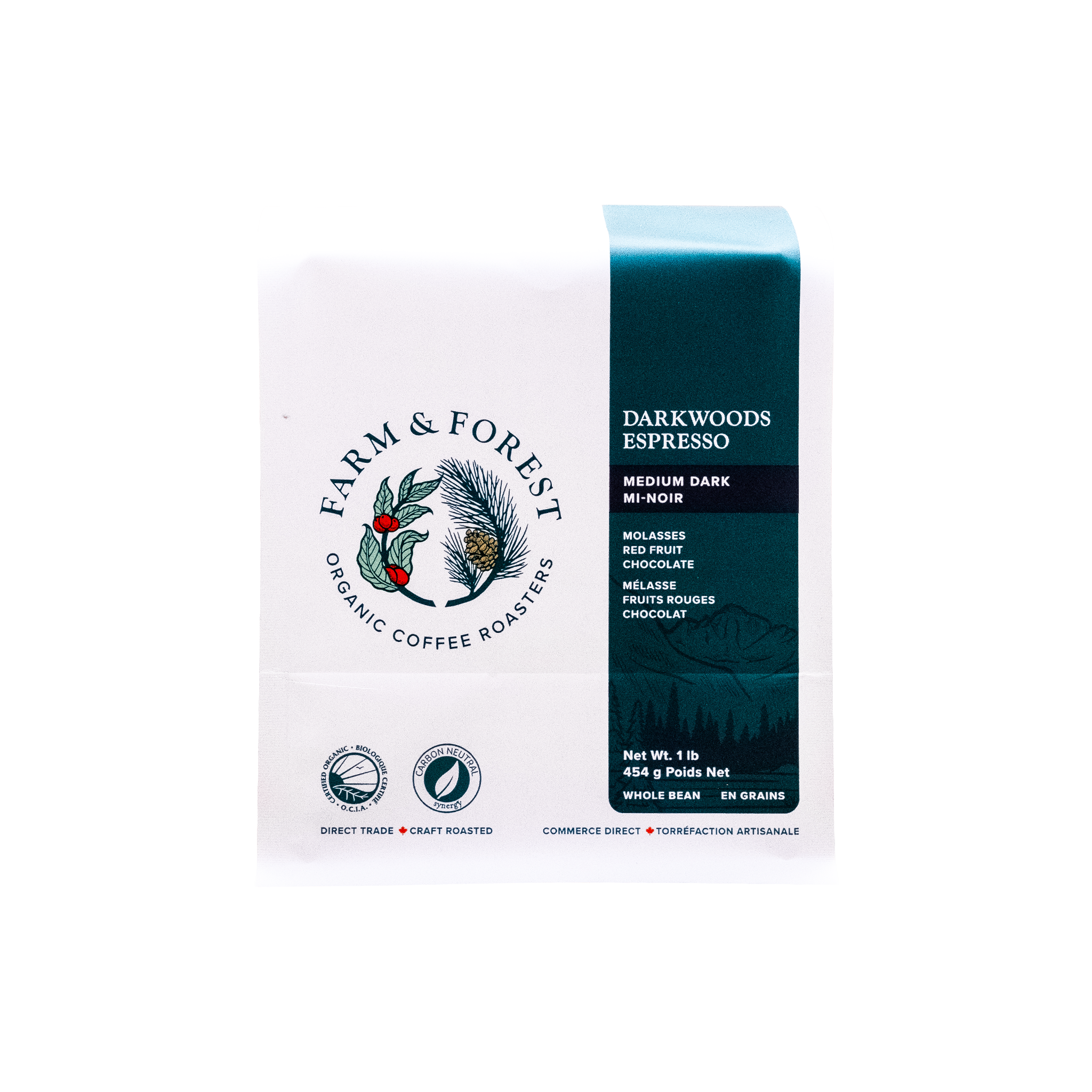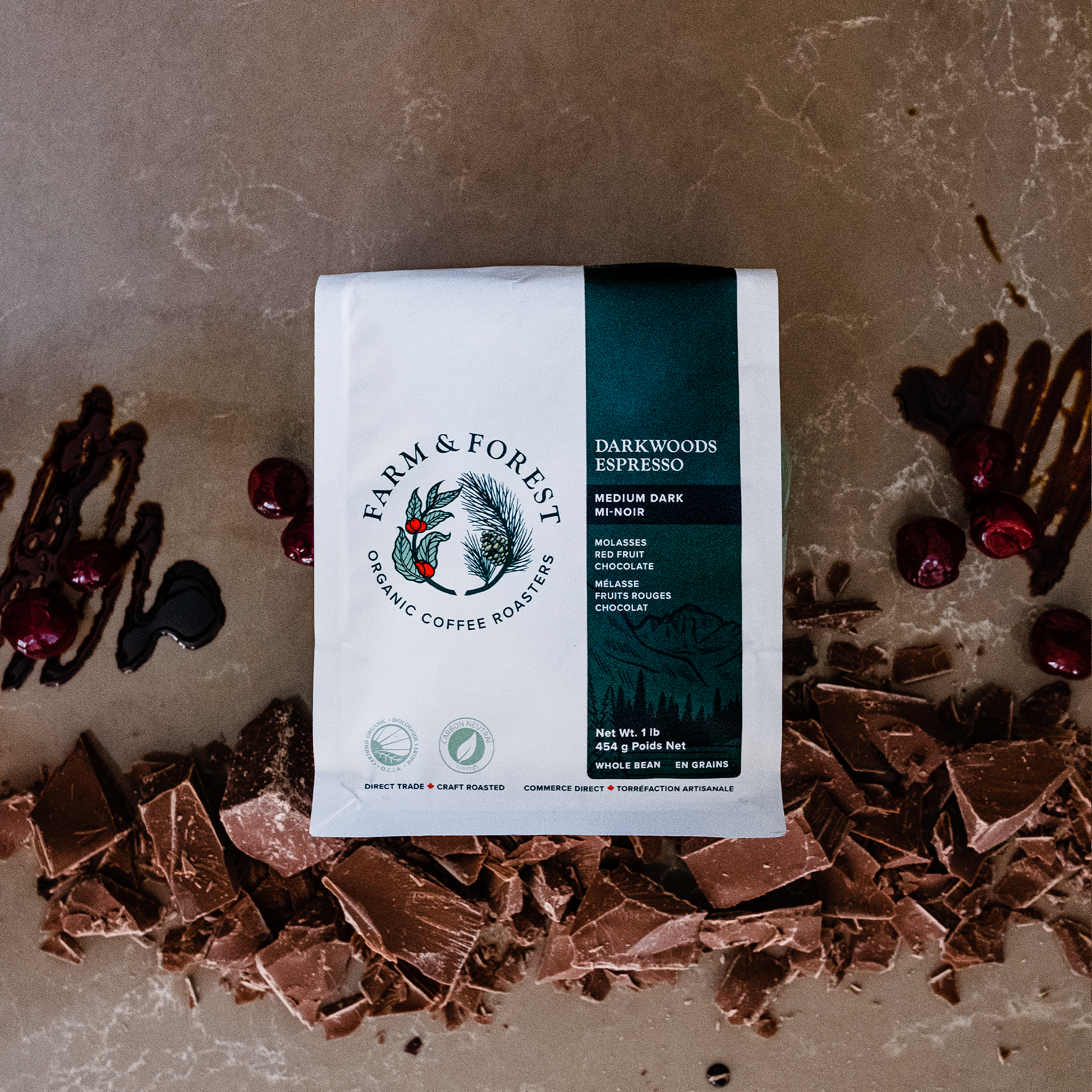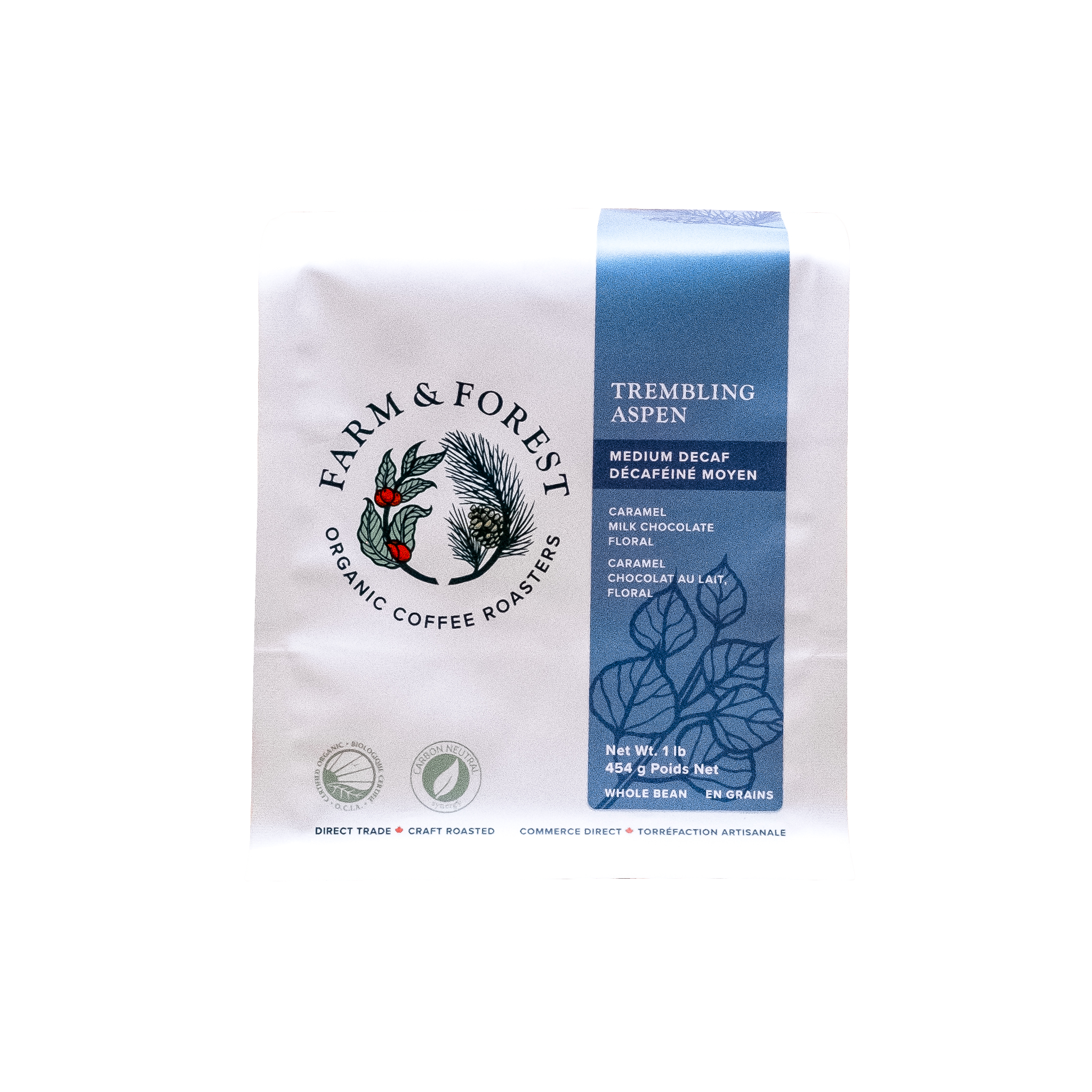Does Your Espresso Taste Sour? How to Fix Espresso Coffee Sour Taste
Espresso, known for its rich flavour and invigorating aroma, is a beloved coffee preparation method worldwide. However, a common issue faced by many coffee enthusiasts is a sour taste in their espresso. If you've ever taken a sip of your freshly brewed espresso only to be met with an unpleasant sourness, you're not alone. In this article, we'll explore the reasons behind sour espresso and provide practical tips on how to fix it, ensuring your coffee experience is always enjoyable.
The sections in this article:
-
What Causes Sour Espresso?
-
How to Fix Sour Espresso
-
Additional Tips for Perfect Espresso
What causes sour espresso taste?
Sourness in espresso typically results from under-extraction, where the coffee grounds have not been sufficiently exposed to water. This incomplete extraction leaves the acids in the coffee underdeveloped, leading to a sour taste. Here are the main factors contributing to sour espresso:
1. Grind Size:
If the coffee grind is too coarse, water flows through it too quickly, resulting in under-extraction.
2. Water Temperature:
Brewing with water that is too cold can also lead to sour flavours, as it fails to extract the coffee’s full range of flavours.
3. Brew Time:
A short brew time means the coffee grounds are not in contact with water long enough to extract the desired flavours.
4. Coffee Freshness:
Using old or stale coffee beans can contribute to sourness, as they may lose their optimal flavour profile over time.
5. Coffee Dose:
An incorrect coffee-to-water ratio can affect the extraction process, leading to sourness.
How to Fix Sour Espresso
Adjust the Grind Size: One of the most straightforward solutions to fix sour espresso is to adjust the grind size. A finer grind increases the surface area of the coffee, allowing water to extract flavours more effectively. Here’s how to do it:
-
Experiment Gradually: Make small adjustments to your grinder setting and test the results.
-
Consistency is Key: Ensure your grind size is consistent to avoid uneven extraction.
Optimize Water Temperature: Water temperature plays a crucial role in coffee extraction. The ideal brewing temperature for espresso is between 195°F and 205°F (90°C to 96°C). Here’s how to ensure your water temperature is optimal:
-
Use a Thermometer: Invest in a reliable thermometer to monitor water temperature.
-
Check Your Machine: Ensure your espresso machine is heating water to the correct temperature.
Adjust the Brew Time: The duration of the brewing process, also known as the extraction time, significantly impacts the flavour of your espresso. The ideal brew time for a shot of espresso is between 25 and 30 seconds. Here’s how to adjust it:
-
Time Your Shots: Use a timer to ensure your extraction time falls within the ideal range.
-
Tweak Your Technique: If your shots are too short, consider tamping your coffee more firmly or adjusting the grind size to slow down the extraction.
Use Fresh Coffee Beans: The freshness of your coffee beans can drastically affect the flavour of your espresso. Here are some tips to ensure you’re using fresh beans:
-
Check the Roast Date: Always buy coffee with a clear roast date and use it within a few weeks of roasting. Remember that the optimum time for your beans’ flavour is from roasting to 21 days after it, organize your tasks or create a coffee subscription to purchase smaller quantities always delivered fresh to you.
-
Store Properly: Beans go in an airtight container away from light, heat, and moisture.
Correct the Coffee Dose: The coffee-to-water ratio is crucial for a balanced extraction. The standard dose for a single shot of espresso is typically 18-20 grams of coffee. Here’s how to get it right:
-
Use a Scale: Measure your coffee dose with a digital scale for accuracy.
-
Adjust According to Taste: If your espresso tastes sour, try increasing the dose slightly and see if it improves the flavour.
Additional Tips for Perfect Espresso
1. Use Quality Equipment
Investing in quality equipment can make a significant difference in the flavour of your espresso. Here’s what to consider:
-
Grinder: A good burr grinder ensures a consistent grind size.
-
Espresso Machine: Ensure your machine is capable of maintaining stable temperature and pressure while allowing you to adjust specifications so you can test with your coffee.
2. Practice Consistency:
Consistency in your brewing process is key to achieving the perfect espresso shot. Keep track of your grind size, water temperature, brew time, and coffee dose to replicate successful results.
3. Experiment and Adjust
Every coffee bean is different, and factors like origin, roast level, and age can affect how it is extracted. Don’t be afraid to experiment with different variables to find what works best for your particular beans.
Are you ready to learn more about coffee and factors that will help achieve new flavours? Here are two short reads to get started with:
Organic Coffee Farm vs Mass Production Coffee Farm. The main differences and impact on coffee flavour and What is terroir and how does it affect your coffee
Sour espresso can be a frustrating experience, but with the right adjustments, you can fix this issue and enjoy a perfectly balanced shot. By fine-tuning your grind size, water temperature, brew time, and coffee dose, and ensuring the freshness of your beans, you’ll be well on your way to mastering the art of espresso. Remember, the key to great coffee is consistency and a willingness to experiment. Happy brewing!












